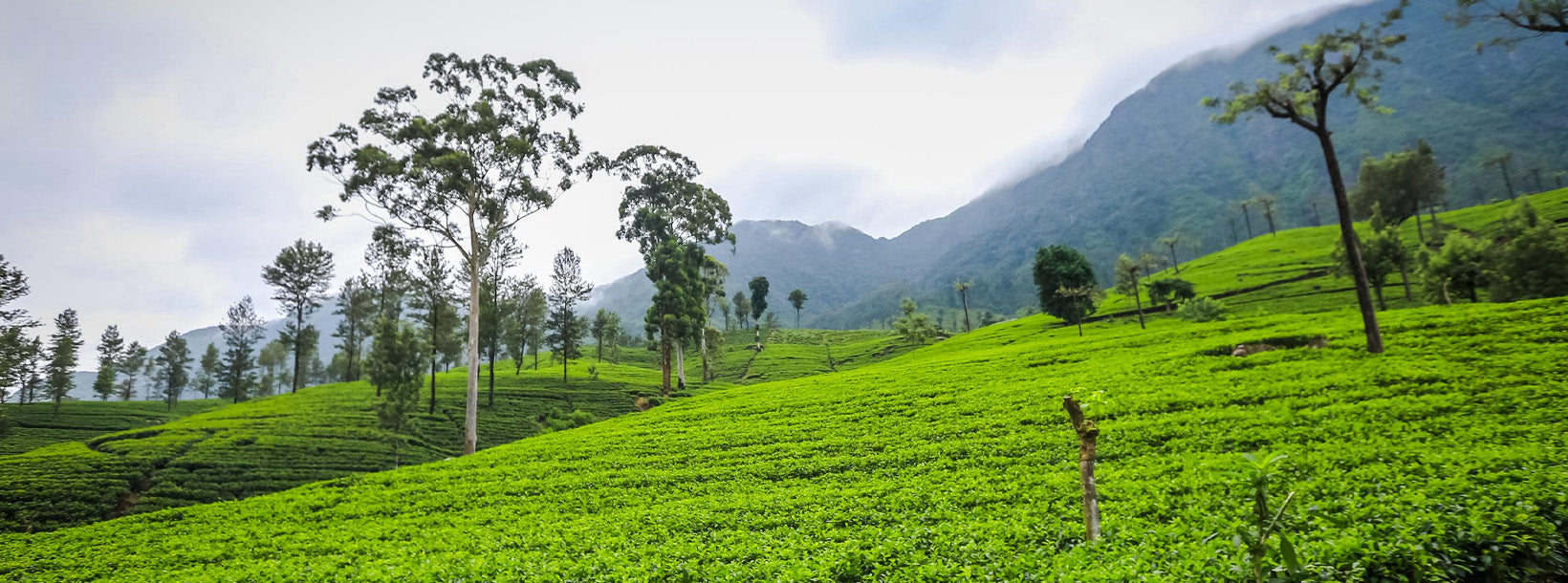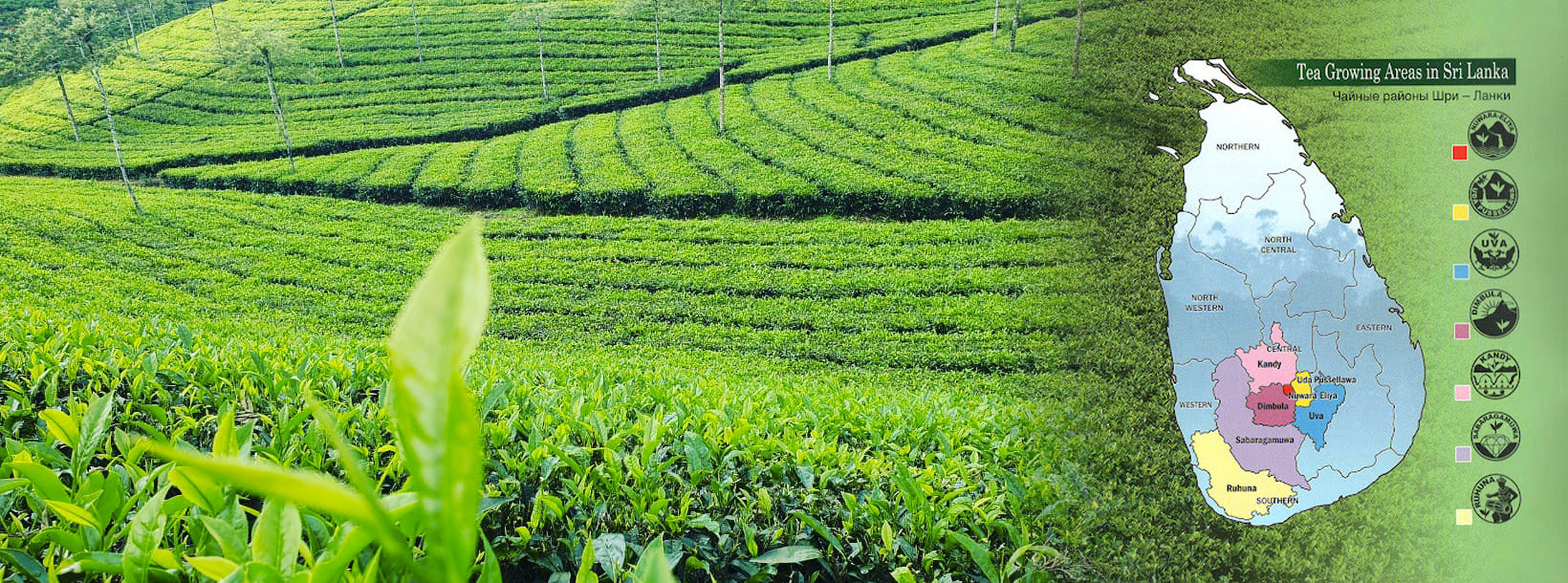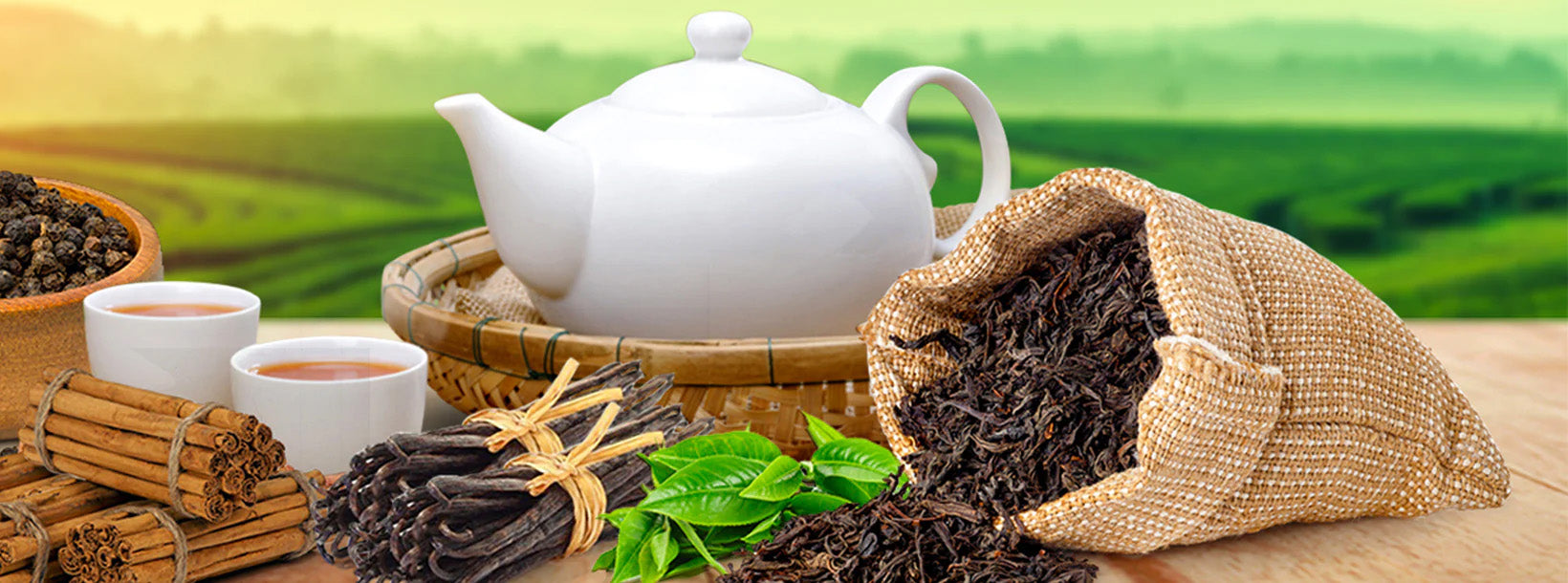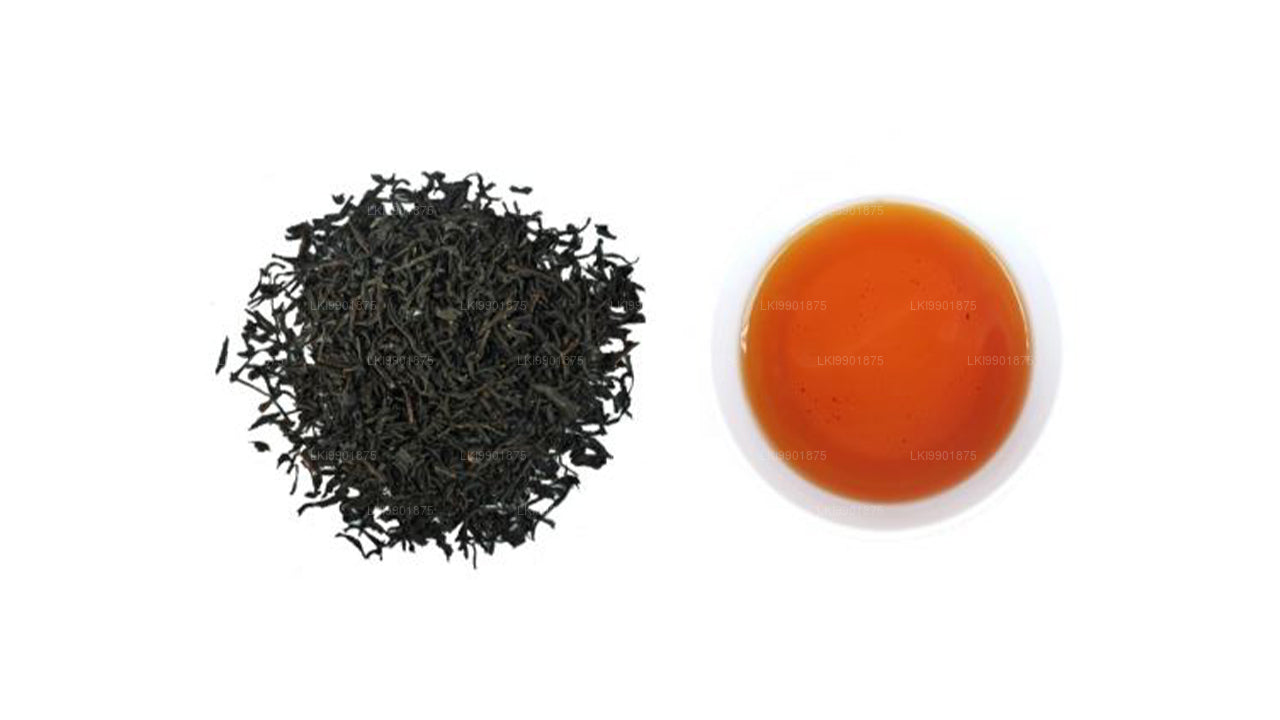
Plantacje herbaty
Herbaciane plantacje Sri Lanki, zlokalizowane głównie na centralnych wyżynach, słyną z produkcji jednych z najlepszych herbat na świecie. Te bujne plantacje, takie jak te w Kandy, Nuwara Eliya i Hatton, oferują malownicze krajobrazy i bogatą historię. Plantacje te w znacznym stopniu przyczyniają się do gospodarki kraju, eksportując wysokiej jakości herbatę cejlońską na cały świat.

Regiony herbaty cejlońskiej
Napar w Twojej filiżance ma swoją historię. Mówi o łagodnych wzgórzach, obfitym słońcu i bujnych prowincjach. Na Sri Lance większość herbaty produkowana jest w prowincjach centralnych i południowych. Zróżnicowane wysokości i mikroklimaty wpływają na charakterystyczny smak, kolor, aromat i sezonowość herbaty cejlońskiej.

Gatunki czarnej herbaty cejlońskiej
Herbata cejlońska, jaką znamy obecnie, występuje w różnych odmianach, charakteryzujących się unikalnymi smakami i aromatami. Oprócz różnorodności herbat, istnieją również odmiany, na które herbata cejlońska została podzielona.
Halpewatte Tea Factory
Halpewatte Tea Factory, located in the picturesque hill town of Ella, Sri Lanka, is one of the most renowned tea factories in the region. It offers tourists a unique insight into the world of Ceylon tea production, a key part of the country’s cultural and economic identity. Visiting the factory is a must-do experience for those wanting to learn about Sri Lanka’s rich tea heritage.
Upon arriving at the factory, tourists are welcomed with a guided tour of the facility, where they can witness the tea-making process firsthand. The tour typically starts with an introduction to tea cultivation, explaining how the tea leaves are harvested from the lush, green plantations surrounding the factory. Visitors are shown the traditional methods of plucking tea leaves, often by hand, and are given an overview of how different varieties of tea, such as black, green, and white tea, are processed.
Inside the factory, tourists can observe the machinery and processes used to turn fresh tea leaves into high-quality Ceylon tea. The steps of withering, rolling, fermenting, drying, and grading are explained in detail, showcasing how each stage contributes to the flavor and quality of the final product. The factory produces a variety of teas, each with distinct flavors, textures, and aromas.
A highlight of the tour is the tea-tasting session, where visitors can sample some of the finest teas produced at the factory. This allows tourists to appreciate the nuances in flavor between different tea grades and learn how to identify the best teas. The panoramic views of the surrounding tea plantations and hill country from the factory's terrace also add to the experience.
In summary, a visit to Halpewatte Tea Factory offers tourists an educational and immersive journey into Sri Lanka's tea culture, making it a memorable stop for those exploring the Ella region.









